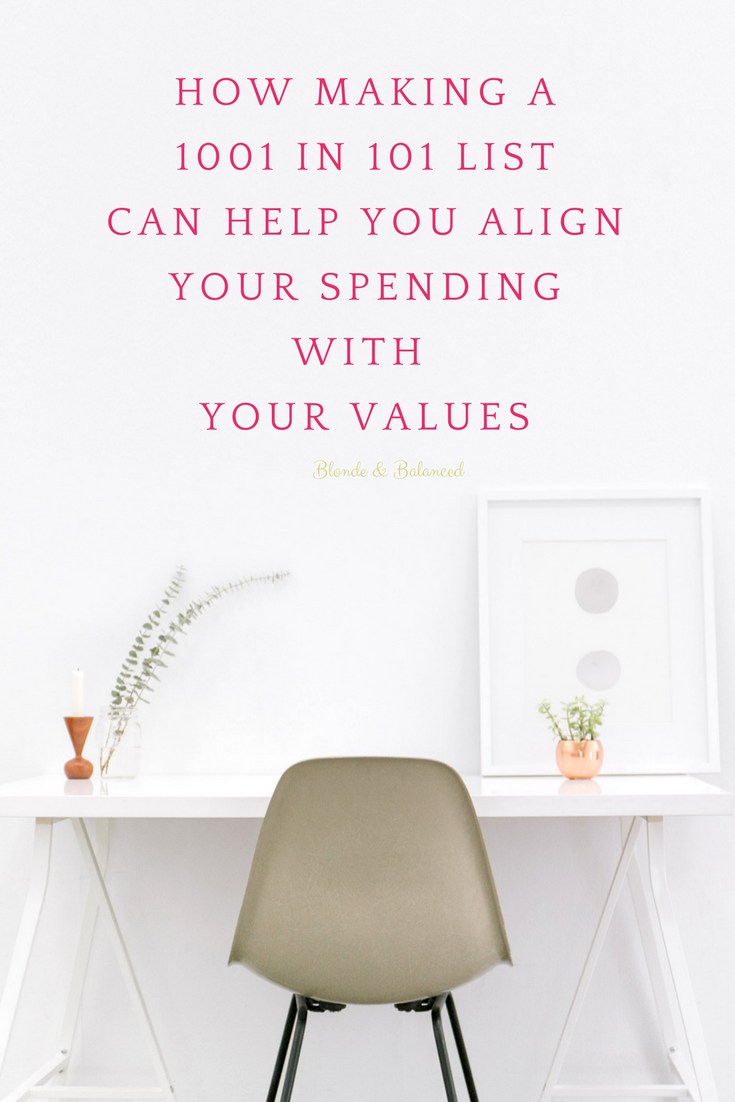We are creatures of habit and so we often find ourselves making impulse purchases on things we have always had a tendency to buy. Then we don’t have the money we want for our bigger goals like an emergency fund, a great vacation, or a down payment for a new home.
Instead of doing the same things over and over again, and ending up with the same results, why not try something new?
Making a 101 in 1001 list is a great way to set your priorities and goals, then work towards them. Here’s how it works:
Your mission is to complete 101 goals (large or small) in 1001 days (about 2.75 years). This gives you plenty of time to work through your list and keep yourself on track for your goals.
Your goals must be specific, nothing vague, and they must include a measurable result so you know when they’ve been reached. They must also be realistic. And to achieve the best results, they should make you work a little to reach them, at least some of them.
Allowing yourself 1001 days to complete your goals gives you plenty of time (and several seasons) to plan and work toward them without leaving you feeling hopeless that you’ll never get there.
Get started by scheduling your start and end dates, then creating your list. Break your list down into different categories to help you stay organized. For instance, some of your categories might include:
- Things to buy
- Things to create
- Cultural events
- Spirituality and Religion
- Fitness Goals
- Foods to learn how to make or new foods to try
- Charity and giving back
- Things to do without (this is a great list you can use to increase your savings. i.e. go without eating out for a month and deposit the money in your emergency fund)
- Things to learn
- Places to go
- Books to read
- And things to do “just because”
Once you’ve created your list, keep yourself accountable by sharing it online at the Day Zero Project. You can use this site to keep track of your goals, help others achieve theirs with your support, and even get some great ideas for new goals.
Using your 101 in 1001 list to list the goals that mean something to you, goals you can connect with, will help you to align your spending to your values. Some, if not most, of your goals are going to cost money. Some will be a little money, like attending a concert, and others will be more, like taking a big trip. But with this list, you know what you’re working towards completing within the next few years so you know what you need to be saving and budgeting for.
Once your list is completed, you can start to figure out your expenses for completing the list and start budgeting towards completing all of your goals. Now, instead of spending money on frivolous impulse purchases, you know that you have a bigger and better goal to spend towards. You’re now able to spend your money more wisely, and know that you’ll have many great experiences to show for it.






